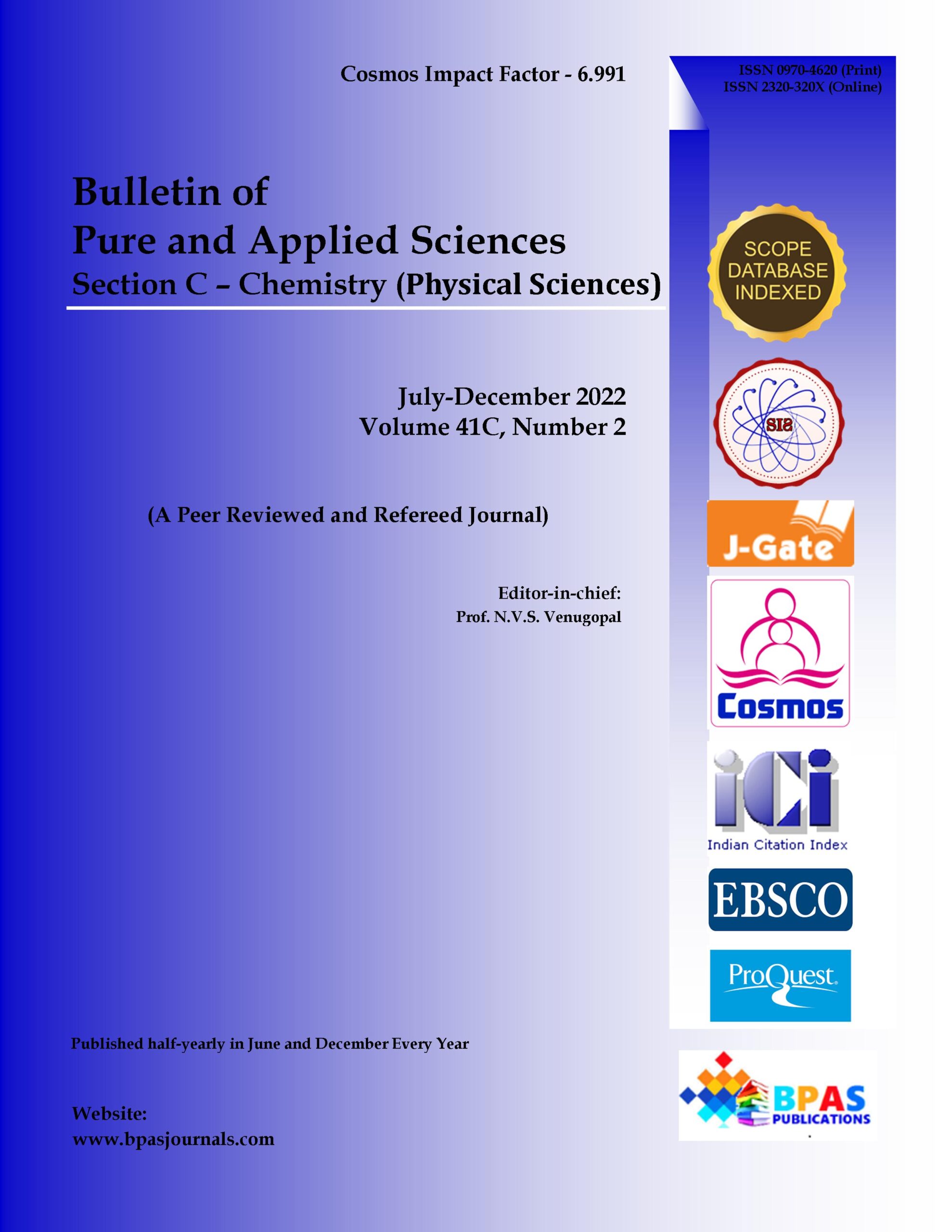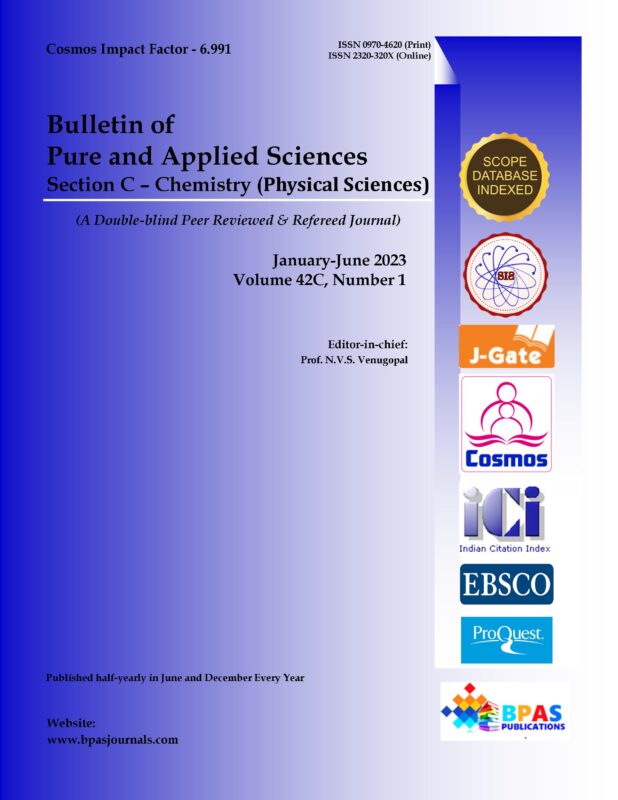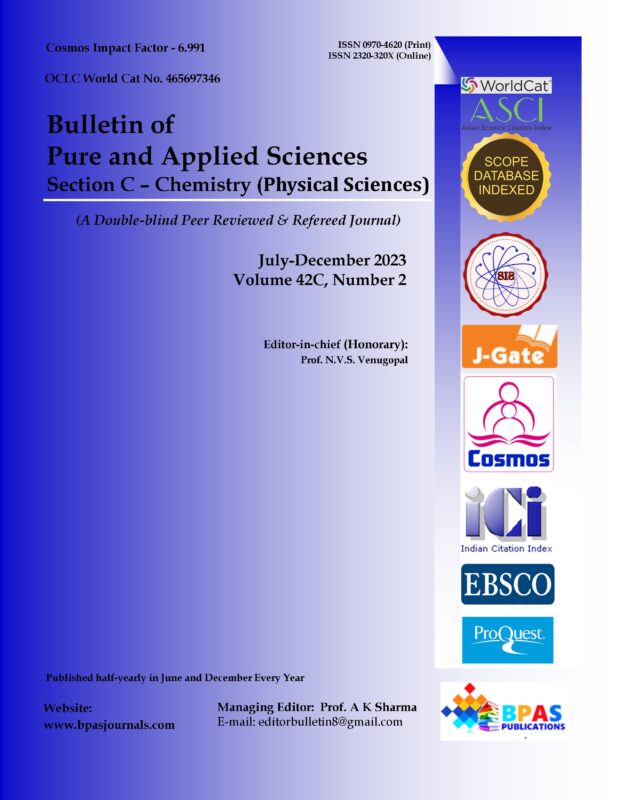Review on -Hybrid Composite Materials for Structures
9.38$
1Gangadhara N, 2Pruthviraj RD*, 3Vishwanath KC, 4Hariprasad AS
Bulletin of Pure and Applied Sciences.
Chemistry , Vol.41 C, No.2
July-December 2022: P.104-107
DOI: 10.5958/2320-320X.2022.00014.0
Original Article
Description
Review on -Hybrid Composite Materials for Structures
1Gangadhara N, 2Pruthviraj RD*, 3Vishwanath KC, 4Hariprasad AS
1Department of Civil Engineering, RajaRajeswari College of Engineering, Bangalore, Karnataka 560074, India
2Department of Chemistry, RajaRajeswari College of Engineering, Bangalore, Karnataka 560074, India
3Department of Mechanical Engineering, RajaRajeswari College of Engineering, Bangalore, Karnataka 560074, India
4Department of Mathematics, RajaRajeswari College of Engineering, Bangalore, Karnataka 560074, India
*Corresponding Author
Pruthviraj RD, Department of Chemistry, RajaRajeswari College of Engineering, Bengaluru, Karnataka 560074, India
E- mail: pruthvirajrd@gmail.com
Received on 10.08.2022, Revised on 21.11.2022, Accepted on 30.11.2022, Published on 15.12.2022
How to cite this article: Gangadhara N., Pruthviraj R.D., Vishwanath K.C., Hariprasad A.S. (2022). Review on -Hybrid Composite Materials for Structures.. Bulletin of Pure and Applied Sciences-Chemistry, 41C (2), 104-107.



